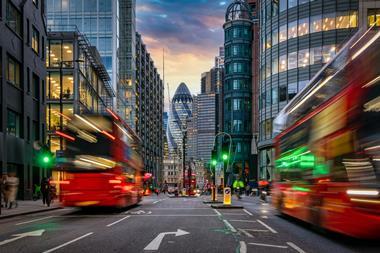Confusion over what causes subsidence.
Postscript
In the past week there have been two conflicting articles about the impact of trees on subsidence, only highlighting the confusion that exists for policy holders and insurers on this issue.
One side of the argument claims that trees do not cause subsidence, but that drains, poor building construction and double glazing have more impact. The other side notes that trees built too close to houses drain moisture out of the soil leading to problems with subsidence.
Essentially, it is impossible to rule out trees as a cause of subsidence, it actually depends on the soil type. Soils with high clay content are more likely to be affected as trees suck out moisture, shrinking the soil, and causing movement and cracking in walls.
In the matter of subsidence risk and insurance it is important that each tree is looked at on a case-by-case basis, taking into account factors such as height and canopy spread, proximity to the building, soil type and its shrinkability factor (called plasticity). If this approach is not taken insurers are in danger of losing money, causing headaches for consumers as premiums rise.
In most cases, subsidence damage can be easily rectified by removing trees that are proven to be the cause. The ground recovers and repairs can then be carried out without the need for thousands of tons of environment harming concrete poured under the foundations.
Problems have occurred in the past when local authorities are requested to remove trees without the appropriate evidence. Equally tree officers have caused council tax payers to receive huge pay-outs by refusing to remove individual trees in the face of indisputable evidence.
Local authorities have also felled many trees without justification as a risk management measure irrespective of any damage to buildings – 95% of all trees felled in London have been for health and safety reasons and nothing at all to do with subsidence.
Paul Stanley, Innovation Group





































